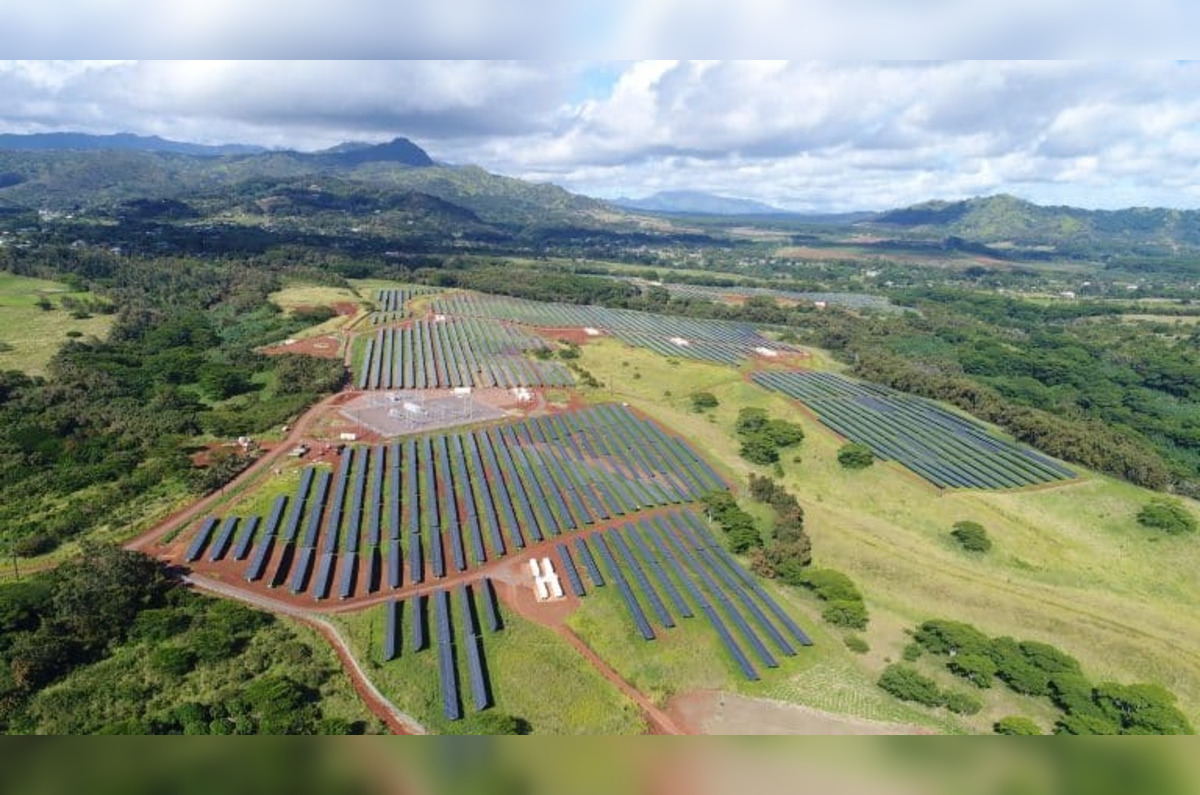Kauaʻi Achieves 60% Renewable Energy Production in 2023, Aiming for 100% with Advanced Inverter Technology
October 31, 2024

In the midst of an energy evolution, Kauaʻi shines as a beacon, with its renewable energy initiatives setting new benchmarks. According to a recent statement made by the Governor of Hawaii’s website, about 60% of the energy produced on Kauaʻi in 2023 was from renewable sources, and the island’s utility company has managed to operate on 100% renewables for several hours each day. This leap in renewable energy use is rooted in an advanced technological feature that larger grids still lack, grid-forming inverters, that are crucial players in the energy mix of this island paradise.
Kauaʻi, with a peak demand of roughly 80 MW for its residents and visitors, has pioneered the use of technology to integrate renewable energy efficiently into its grid. Grid-forming inverters are central to this system, enabling the conversion of direct current from renewable sources into alternating current compatible with the grid. This technological approach has been crucial to Kauaʻi’s success in increasing its renewable energy uptake. Andy Hoke, an engineer at the National Renewable Energy Laboratory, emphasized the importance of these inverters, stating, “The only economical way to integrate such high levels of renewable energy into our grids is with grid-forming inverters.” He elaborated on their ability to mitigate blackouts in the event of generator failures, as reported on the Governor of Hawaii’s website.
Moreover, the ambition of the Kauaʻi Island Utility Company does not stop with current achievements. With an investment of $36 million dedicated to battery storage and these pioneering inverters, Kauaʻi is on a trajectory to become the first Hawaiian island to reach a 100% Renewable Portfolio Standard. This would position Kauaʻi not merely as a leader within Hawaii but as a global forerunner in renewable energy adoption. The implications for the island’s ratepayers are profound – they currently enjoy the lowest average energy costs in the state, as reliance on fossil fuels diminishes.
The outcomes on Kauaʻi represent not only a win for sustainability but also a model for other regions transitioning to renewable energy. O‘ahu’s challenges, with limited land and an energy demand 19 times that of Kauaʻi, highlight the scalability issues when applying these technologies in larger environments. However, the commitment to green energy shown by the Kauaʻi Island Utility Company demonstrates that with the right technology and investment, even complex grids can move toward a renewable future.
Search
RECENT PRESS RELEASES
Related Post

